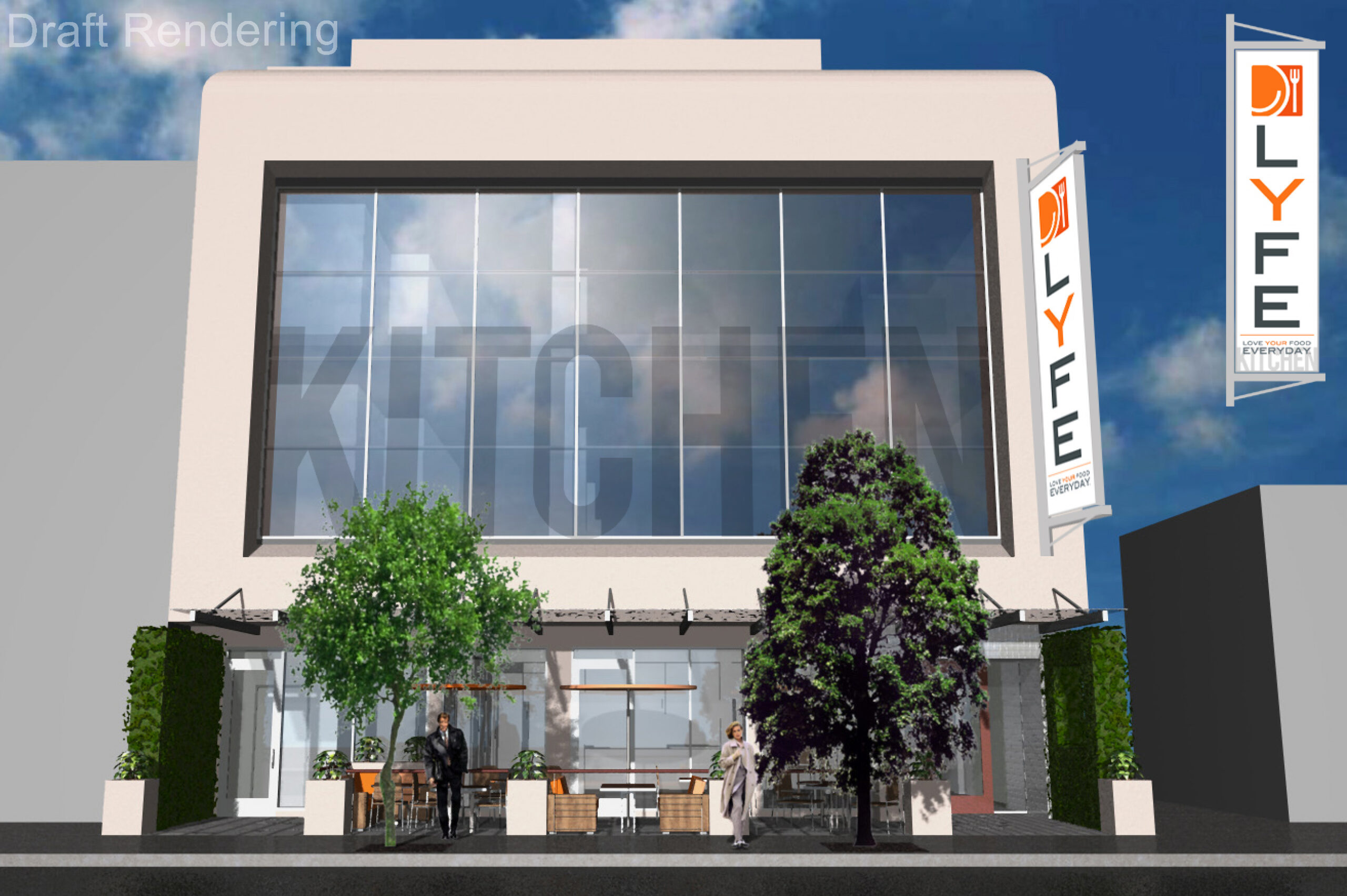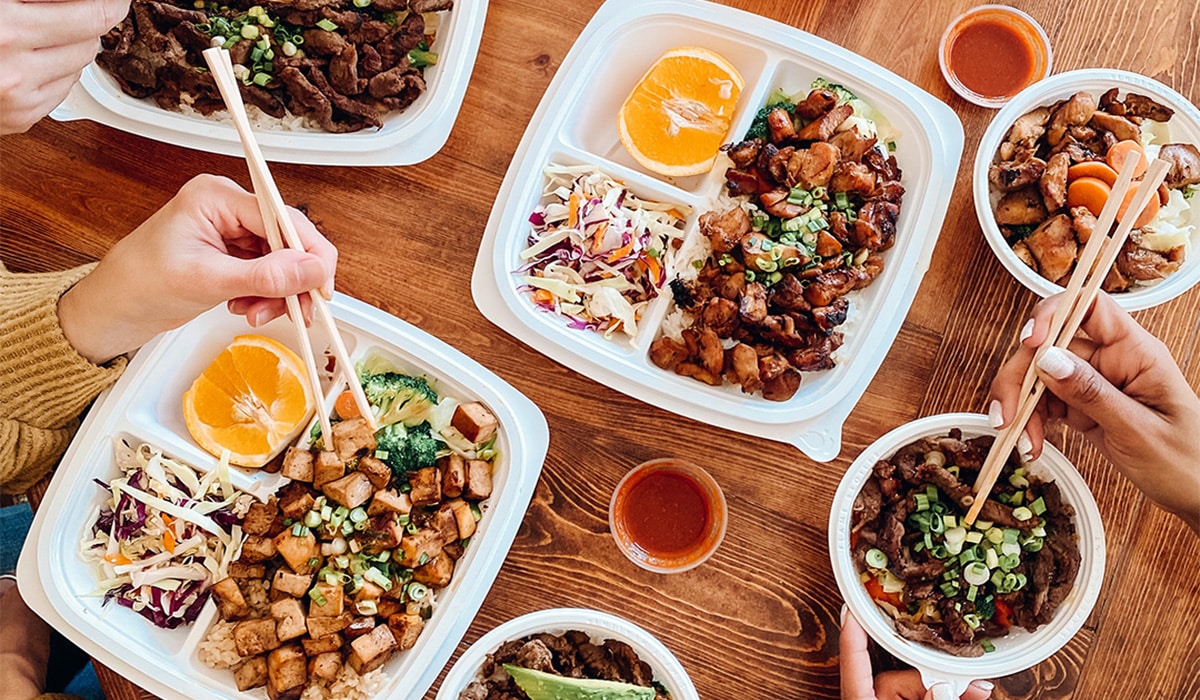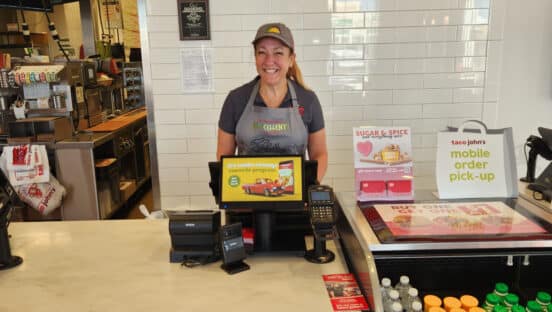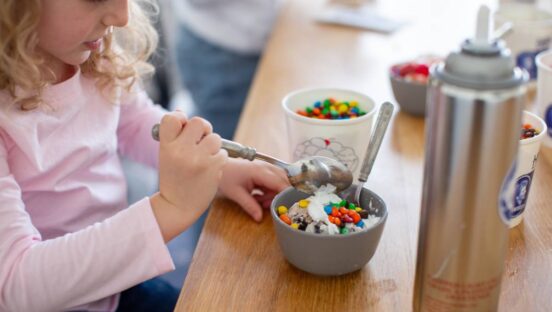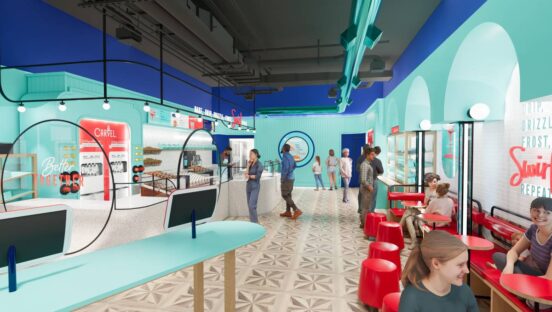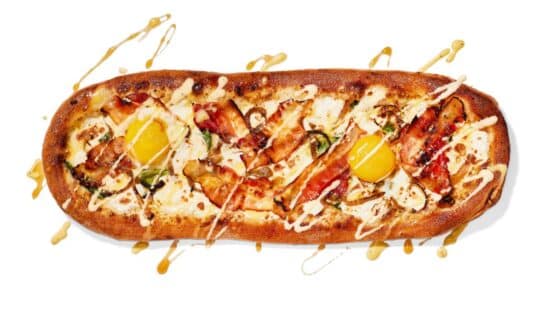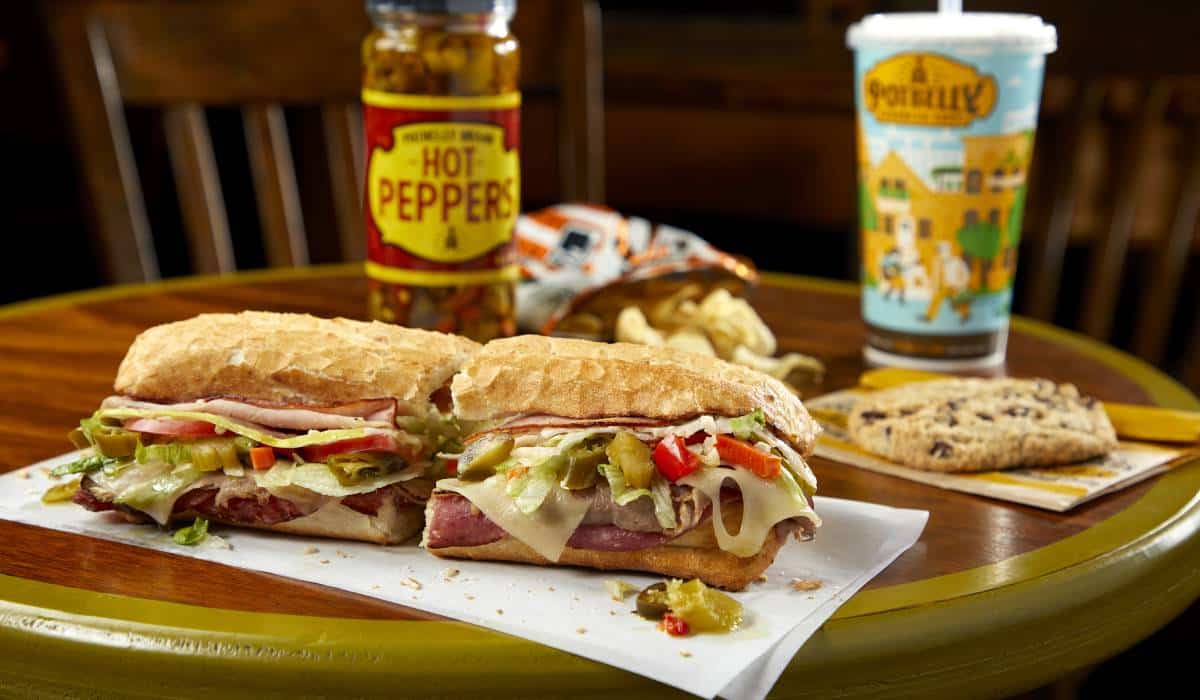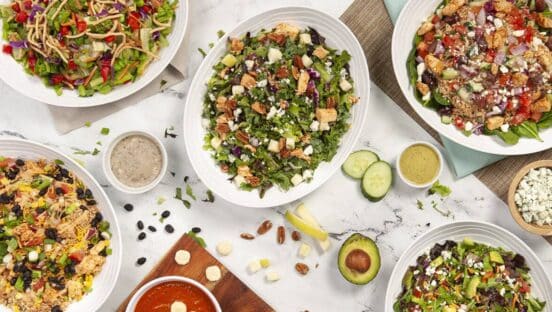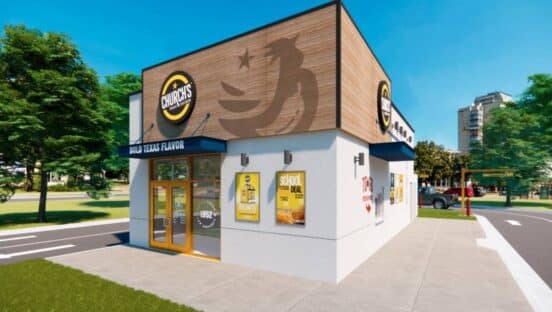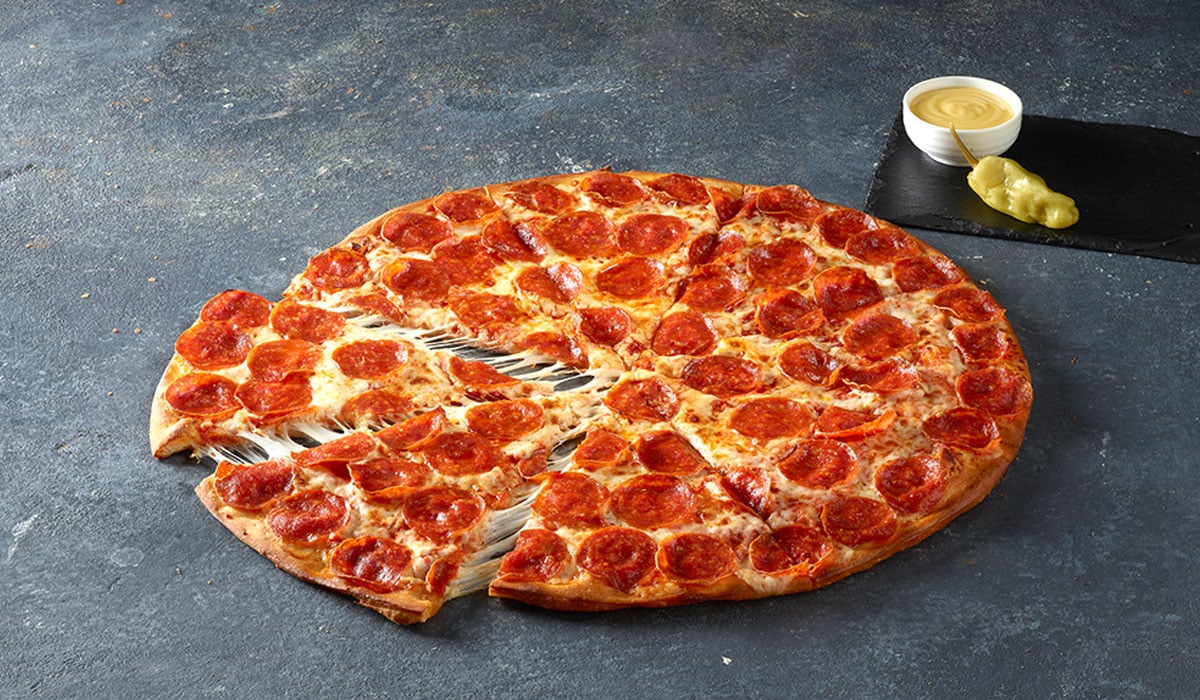Chef Art Smith will let you in on a little secret: Even chefs eat a lot of fast food.
“They might tell you that they don’t, but they do,” says the two-time James Beard Award winner who owns two fine dining restaurants and was Oprah’s personal chef for 10 years.
Smith used to be no exception; his job requires regular travel, and he would grab something fast—but often unhealthy—while at the airport. Since resolving on his 50th birthday to lose weight, however, the celebrity chef has dropped more than 100 pounds. So when he was approached about helping create the menu for healthy-food concept LYFE Kitchen, the chef jumped at the opportunity.
The first LYFE—which stands for Love Your Food Everyday—location is preparing to open in Palo Alto, California, and hopes to eventually help folks like Smith across the country refocus their diets on healthy foods.
“Food has been demonized in the past,” says Mike Donahue, one of the company’s three partners and its chief communications officer. “What better thing to say than, ‘Have a loving relationship with your food’? … We’re going to bring back the conversation about great-tasting, good food in a very meaningful way.”
The idea of a better-for-you quick serve is nothing new, but the brand’s leaders say LYFE Kitchen is different—and that it could revolutionize the industry.
“We hope to create a new category,” Donahue says. “We’re calling ourselves an LSR … a lifestyle restaurant.”
One thing that immediately separates LYFE Kitchen from most quick serves is the star power backing the brand. Stephen Sidwell, who helped launch the plant-based meat substitute Gardein, approached Mike Roberts and Donahue, both former McDonald’s executives, with the idea for the concept in February 2010. The two were immediately on board. (Roberts is now LYFE Kitchen’s CEO, and Sidwell is retaining the title of founder.)
The trio asked chefs Smith and Tal Ronnen to develop a menu of made-from-scratch items usually reserved for the likes of fine dining—dishes like egg white frittatas, cream-free corn chowder, shrimp and grits, and vegan desserts.
“There’s no fryer, no white sugar, no white flour, no corn syrup,” Smith says. In addition, all of the ingredients that the restaurant uses will be sourced locally, and all of the meats will be humanely raised.
“Everything we offer, we’re going to have a regular protein like chicken, fish, or beef, but we’ll also have those same great-tasting entrées available in vegetarian or vegan tastes as well,” Donahue says. “The consumer will come to learn that you don’t give anything up in taste when you experiment a bit and try some of these other dishes.”
Donahue says that while the menu offerings are health- and calorie-conscious, taste was the first priority in menu development.
“The consumer will come in and check you out the first time, but they will not return if you don’t have great taste,” he says.
Menu items are priced starting at $2 for breakfast items, going up to about $15 for higher-end entrées.
LYFE Kitchen doesn’t stop at healthy offerings; the entire concept seeks to be socially responsible, with LEED-certified buildings, sustainable delivery practices, partnerships with nonprofits, and even in-store opportunities for customers to help local charities.
“Not only will we cater to the five senses, but we like to say we’ll cater to the consumer’s sixth sense, which is their natural desire to support the local community,” Donahue says. “Think about a restaurant that has the same positive image with the consumer as Whole Foods does.”
LYFE Kitchen has been racking up the media mentions, but not everyone is certain the concept will live up to the buzz.
“We encourage everyone to have a healthy option on the menu,” says David Kincheloe, president of Denver-based National Restaurant Consultants, “but we see that people generally like to eat healthy at home, and when they go out they like to splurge a little bit.”
While Kincheloe thinks the Palo Alto market will likely be receptive to the LYFE Kitchen concept, he says that serving only healthy menu items nationwide could be a risky move.
“They need to be very careful in the markets that they enter,” he says.
Smith says he trusts that, despite any consumer preference for unhealthy food, the experience and expertise of Sidwell, Roberts, and Donahue will help the concept thrive.
“There are a lot of people who say they can do something, but do they have the knowledge and the resources to do it?” Smith says. “I felt like these people did.”
If the LYFE Kitchen Facebook page is any indication, the brand is poised for success. “Consumers are already saying things like, ‘Please come to Oklahoma,’” Donahue says.
In addition to the Palo Alto location, LYFE Kitchen has letters of intent for as many as other company-owned locations in Northern California. After that, the concept’s growth strategy isn’t set in stone.
“We’ll let the consumer dictate how fast [and where] we should grow,” Donahue says. “The plan is authentic growth, keeping close to our roots and our philosophy.”
Some media chatter has spread the rumor that LYFE Kitchen will open 250 more locations over the next five years. “We don’t want to put out specific numbers, but we haven’t objected to that,” Donahue says.

